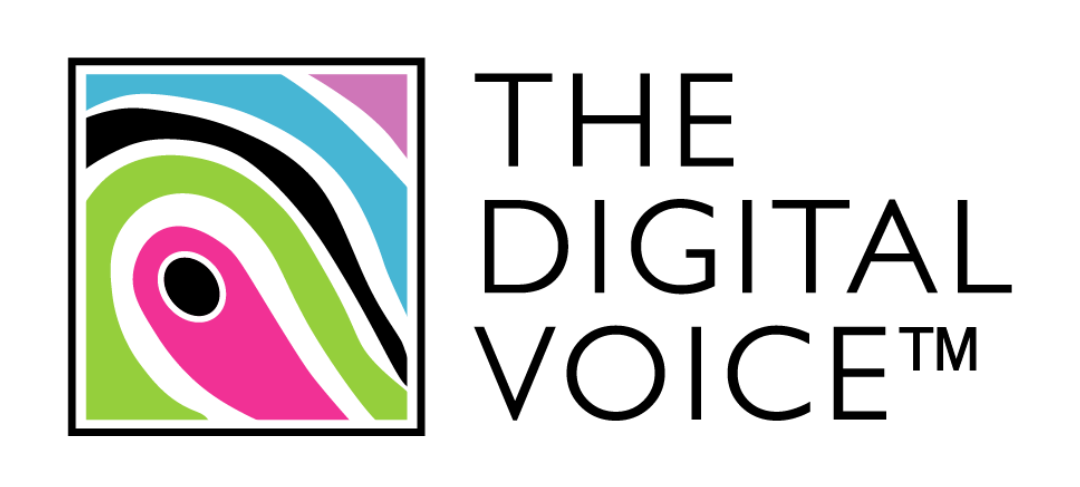Taking control of programmatic: 5 minutes with… Pierre Orlac’h

Q: What’s the biggest challenge facing publishers right now?
A: Publishers face many challenges. The first is the need to work hard to maintain or grow their audience, and ensure they are accessible not just on the web, but on other social and, in some cases, offline platforms. At the same time, they need to monetise in a fragmented and complex programmatic ecosystem, where we see too many intermediaries who dilute revenue streams.
On top of all this, they have to adapt to deliver transparency, performance and sovereignty to keep their key stakeholders — advertisers and audiences — happy. Finally, there is the omnipresent threat from the walled gardens, who routinely seek to leverage the high-quality, independent content produced by publishers on the open web, without any adequate form of compensation.
Q: What excites you most in the publishing space?
A: I’m excited by the rise of publisher-led adtech initiatives such as supply path optimisation that are helping publishers to take more control of programmatic and reclaim value from the ecosystem. This is opening up the potential for more high-quality relationships between publishers and advertisers. When publishers work with one trusted partner who can help them maximise the value of their inventory, it enables them to reduce their reliance on a plethora of unnecessary intermediaries.
I’m also excited by the number of publishers who are entrusting the control of their infrastructure to one trusted partner, rather than relying on big cloud services. This is part of a wider move towards true digital autonomy among publishers and other players in the programmatic space, and into a world in which they are much more in control of their destiny. Finally, the use of advanced AI tech to optimise yield in real time is opening up new revenue opportunities for publishers.
Q: AI seems to be impacting everything. What impact is it having on publishers?
A: AI is impacting all aspects of adtech, from targeting to creative, campaign execution, measurement and attribution. From a publisher perspective, it is becoming an essential tool to maximise revenue-per-impression and manage complex ad inventories. Its ability to crunch data in vast quantities in next to no time is revolutionising the way in which publishers are able to extract the greatest possible value, both from the inventory they supply and the audience data they hold.
The intelligent application of AI enables smarter, real-time decisioning and predictive analytics that optimise ad placements based on both a wealth of historical data, and on likely future outcomes. Publishers can see their revenues in real-time at the URL level. This automation of yield optimisation reduces the burden on ad-ops teams, leaving them free to think more strategically and package up their inventory in ways that will make it more attractive to advertisers.
Q: Infrastructure dependencies and digital sovereignty are becoming hot topics in Europe — how should publishers be thinking about these issues?
A: European publishers are reassessing their reliance on U.S.-based platforms, and increasingly opting for sovereign infrastructure, prioritising European solutions that align with local regulations and values. Working with tech partners that offer sustainable, in-house infrastructure and sovereign hosting gives them a greater degree of digital independence, which in turn gives them a long-term competitive advantage. It also leaves them less vulnerable to the impact of decisions taken by governments in other countries that can have a profoundly negative impact on their business.
Q: Are the days of the intermediaries inserting themselves into the programmatic supply chain and taking a cut of publishers’ revenues coming to an end?
A: Thankfully, yes. For too long, a variety of intermediaries have come between the publisher and the advertiser, each taking their cut of the ad spend so that, in some scenarios, less than half of every ad dollar spent ends up in the publisher’s pocket. But a shift is happening now, as publishers demand more control and transparency. We are seeing a growing preference for leaner, more efficient supply chains. Continued market education is essential, but the momentum is clearly in favour of disintermediation — putting the publisher back in control.
Q: What’s in the pipeline from Sparteo?
A: We plan to continue our international expansion, especially in the UK and key European markets, underpinned by a strong focus on R&D to stay ahead of the curve on AI, data science and infrastructure innovation. As part of these plans, we have developed Meetscale, a next-generation Supply-Side Platform focused on performance, sovereignty, and AI-powered yield optimisation. That is something we feel the market is currently lacking, and we have already seen extremely compelling results. These are exciting times.
Also published in: Inpublishing



